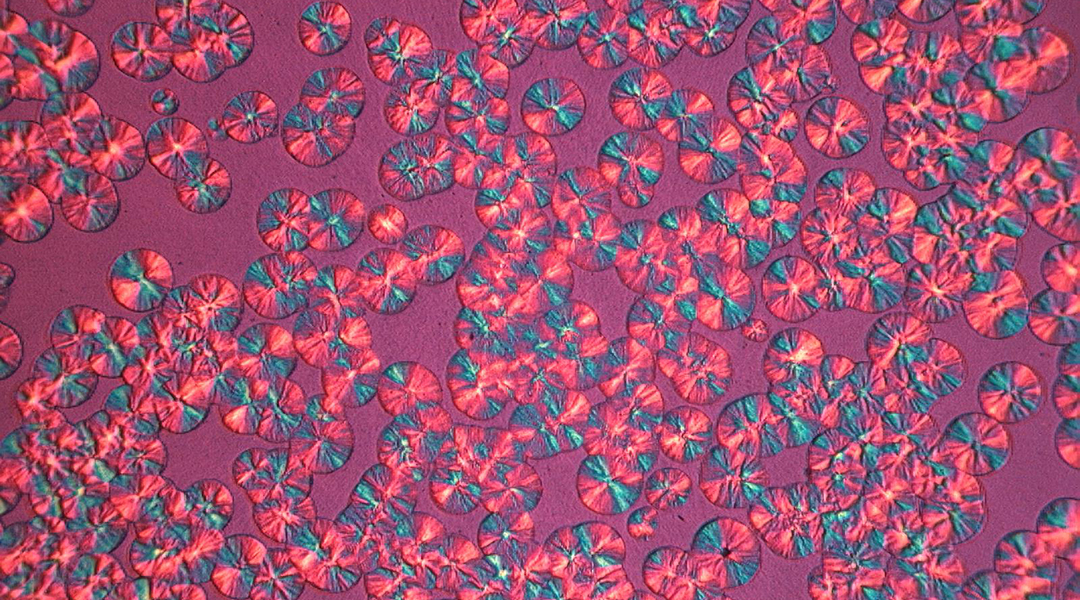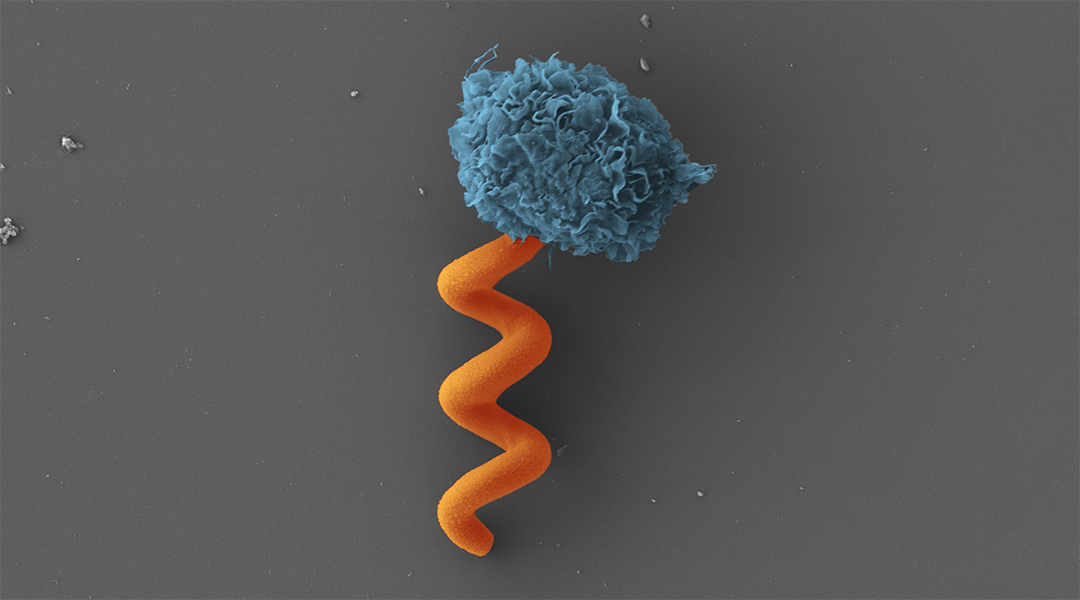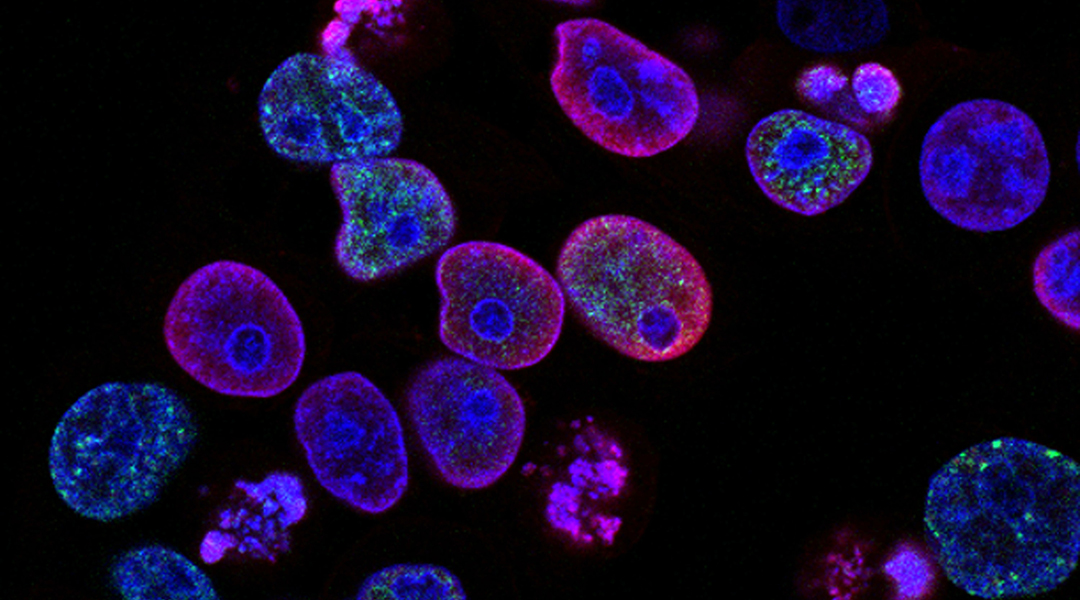Nanoparticles are not new; bacteria have been making them long before we had a language to name them.


Nanoparticles are not new; bacteria have been making them long before we had a language to name them.
Could a new understanding of silicon surfaces someday revolutionize semiconductor technologies?
While superconductors are not considered an energy material, the energy savings arising from resistance-free transmission and distribution of electricity are potentially massive when considered on a global scale.

Solid-state physicists and materials chemists are now in excellent “shape” to expand and accelerate their explorations of the science of topological materials for a wide range of possible applications.

The materials scientist talks about the challenges in finding work/life balance, her research in sustainable energy storage, and how Chinese calligraphy has shaped her way of thinking.

Bringing science to life through spectacular images.

New observations allowed astronomers to see, for the first time, the shadow of GW Orionis’ inner ring, which helped them figure out its 3D orientation.

Zwitterionic polymers allow researchers to fabricate drug-carrying microrobots that can operate covertly under the immune system’s radar.

Researchers have designed a gold-coated nanomotor that can be controlled by infrared irradiation for precise drug delivery in cells.

Cosmic gas cloud blinks in sync with circling black hole.